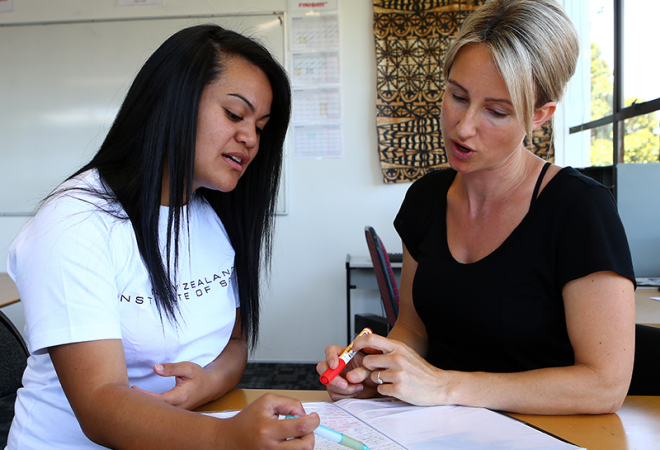
PROJECT
Teaching occupational therapy students how to integrate evidence for better clinical outcomes
Teaching strategies,
Research Methodologies
Social and Behavioural Science
Status
Completed: 1 October 2019
Project Details
An 18-month project, undertaken by Otago Polytechnic, to better prepare occupational therapy students to transition from an academic environment to the realities of evidence-based practice.
Aims:
The three main purposes of this project were to:
- identify the skills and attitudes that are essential for new occupational therapy graduates to be confident and effective evidence-based practitioners
- identify strategies that would better prepare the students to transition from an academic environment to the realities of evidence-based practice
- modify the Occupational therapy curriculum to provide evidence-based practice (EBP) skills that are essential for new graduates.
Methodology:
This project used both qualitative and quantitative data collection methods including:
- an in-depth literature review
- interviews with experienced occupational therapists who supervise new graduates and/or students; lecturers who teach in the undergraduate programme; students in the final year of the occupational therapy programme; graduates from the programme who have worked for a period of 6-12 months
- pre- and post-curriculum change survey questionnaires to appraise the EBP skills/attitudes of students (final year) and new graduates (who have worked for between 6 to 12 months).
Team

Linda Robertson
Project lead
Otago Polytechnic
Helen Jeffrey
Otago Polytechnic
Kim Reay
Otago PolytechnicDr Angela Benfield
University of Wisconsin, La Crosse, USA.Status
Funding
$36,506.00 (excl GST)
$10,000.00
Regional Hub Project Fund
$26,506.00
Otago Polytechnic
Key Findings
- Critiquing research is the most studied aspect of learning how to be evidence-based, however therapists do not spend a lot of time looking for and critiquing research.
- Essential features of being evidence-based include asking relevant questions, being open to challenge as well as receiving and using feedback. These elements were identified as being an area of weakness in the students.
The “Finger-Print Model” that identifies five components that inform decision-making has been developed from the project to provide a comprehensive guideline for teaching Evidence-Based Practice.
Key Recommendations
This report provides the background, methodology and conclusions from the project, 'Teaching occupational therapy students how to integrate evidence for better clinical outcomes'.
(PDF, 1.1 MB, 32-pages)
- 1 October 2019